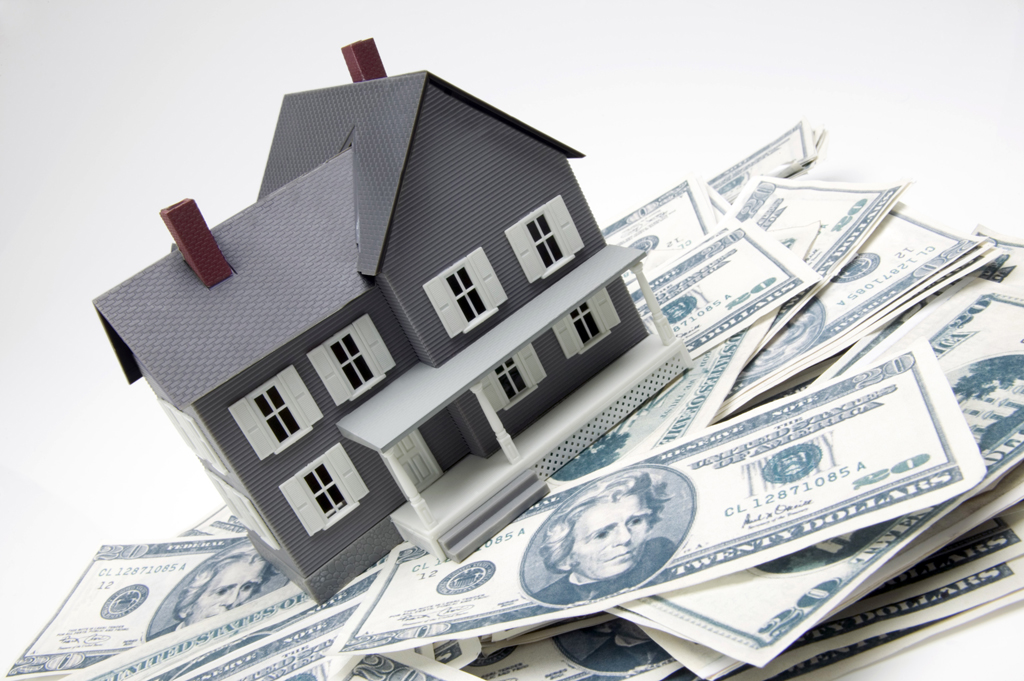Home equity lines of credit are a popular way to tap the rising equity in your home. Be sure to do your homework.
By Erik J. Martin
Content That Works
With the resurgence in home prices and tightening inventories, home values aren’t the only things on the rise.
Thanks to increasing equity — the difference between how much a property is worth and the amount a homeowner owes on the mortgage — more homeowners are able to qualify to assume additional debt tied to the equity of their homes.
As they did before the housing market collapse in the 2007-2008 recession, homeowners are once again tapping the equity in their homes, using the money for everything from home improvement and vacations to college education and debt consolidation.
Homeowners took more than $68 billion in equity out of their homes in cash-out transactions in 2015, according to Florida-based Black Rock Financial Services. That’s a 53 percent increase over the previous year, and more than $60,000 per borrower.
Opening a home equity line of credit, sometimes called a HELOC, is one way a borrower can tap into their mortgage for cash. (Other methods incude equity loans and cash-out refinance.) A HELOC offers several benefits:
- A lower interest rate than what you’d pay if you used a credit card or other forms of non-secured debt. In early April, the average interest rate for a $30,000 HELOC was 4.7 percent, according to Bankrate.com, compared to a 15.16 percent average rate for credit cards.
- The interest paid is usually tax deductible up to $100,000.
- With a HELOC, a borrower draws out only the amount of money he or she requires, up to a predetermined maximum. By contrast, with an equity loan the money is disbursed in a lump sum up front at closing and the borrower must begin making interest payments on the full amount immediately.
“With a HELOC, you only pay interest on the amount you use,” says Bill Golden, real estate agent for RE/MAX Metro Atlanta Cityside in Atlanta.
There are reasons to proceed with caution with HELOCs, too:
- You may pay closing costs or other fees, making HELOCs more costly up front than other loans.
- Rates on a HELOC are adjustable, and are likely to climb as interest rates rise.
- If you default on payments on a HELOC, your home is in jeopardy.
The demand for HELOCs spiked in 2015 and is expected to climb as mortgage rates continue to inch upward, according to Black Knight Financial Services.
At the end of November 2015, more than 37 million borrowers (up 3.1 million from a year prior) had an average of $112,000 available equity to tap into, using current combined loan-to-value CLTV ratios below 80 percent.
A rebound in consumer confidence is a big factor behind the rising interest, experts say.
“More homeowners are taking out HELOCs because they feel more secure about the future of the economy, their homes now have equity available to tap, banks are more willing to make these loans than they have in the recent past and banks are advertising them more,” says David Yocum, a real estate agent with Redfin in Chicago.
HELOCs are best suited for customers seeking the lowest monthly payments now and the ability to draw additional funds in the future.
Allen Cates, senior vice president for PNC Bank’s home equity division in Charlotte, North Carolina, says the lines of credit are often chosen by borrowers seeking an emergency fund or financing to pay for a major home improvement project.
A HELOC can also help sellers who want to buy a new home.
“With an equity line already in place, the seller can use that money for a down payment on the new home and then pay it off as soon as their current home sells,” says Golden.
Prospective borrowers should have a credit score of at least 700 and solid proof of employment and income.
“Three factors that are considered during the underwriting process include your CLTV, credit and capacity to repay the loan,” says Mike Kinane, senior vice president of consumer lending at Cherry Hill-based TD Bank, who adds that most banks will lend up to 80 percent of your CLTV.
“Borrowers should have good credit standing, demonstrating good payment history,” says Kinane. “Also, capacity to pay, considering the borrower’s total debt payments as well as total income.”
Golden recommends careful shopping to compare HELOC rates, fees and features and making sure the product fits your needs.
“The first place to start is with the bank that holds your current accounts. You already have a relationship with them, and they have a vested interest in keeping you happy,” says Golden.
© Content That Works

